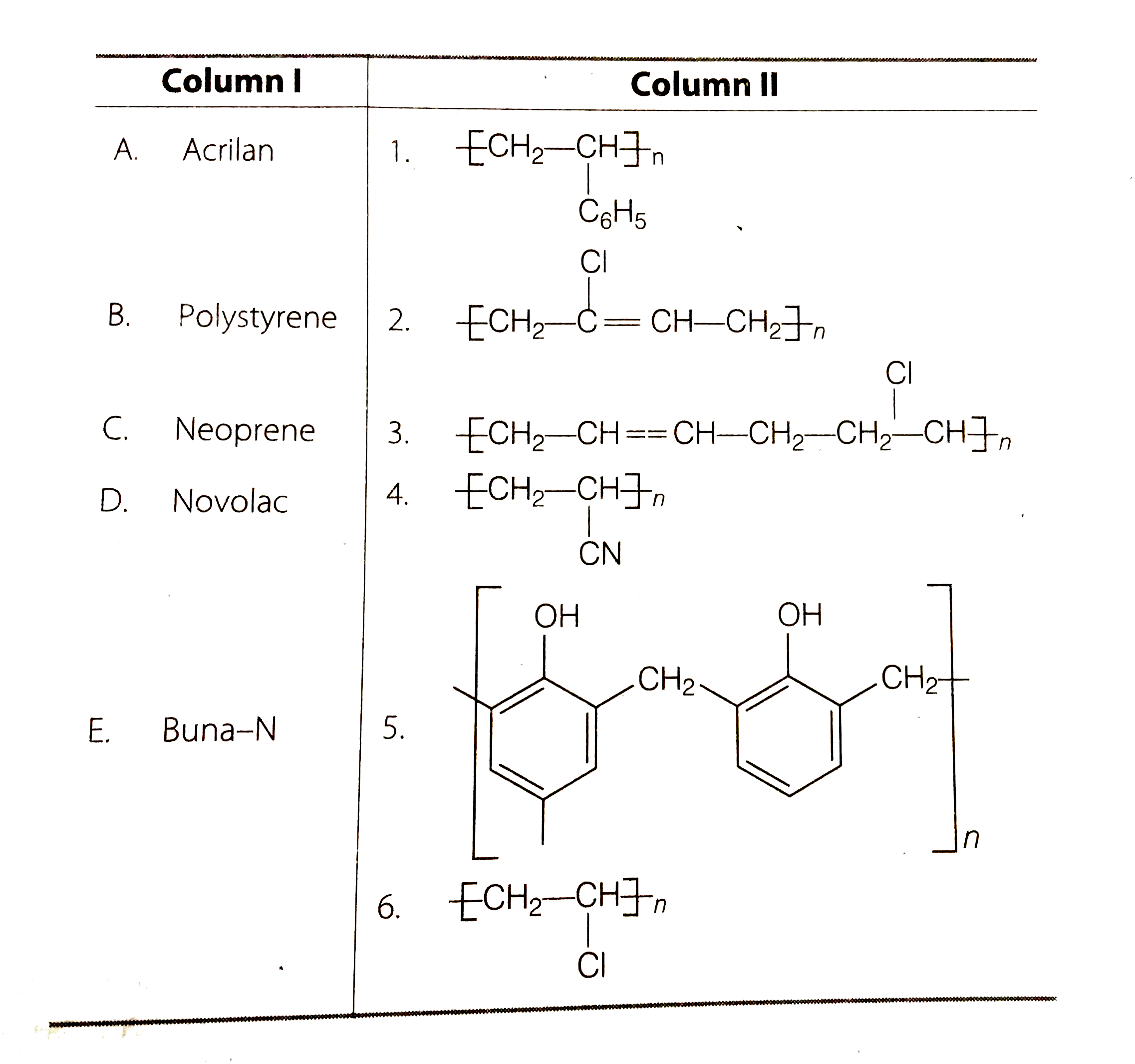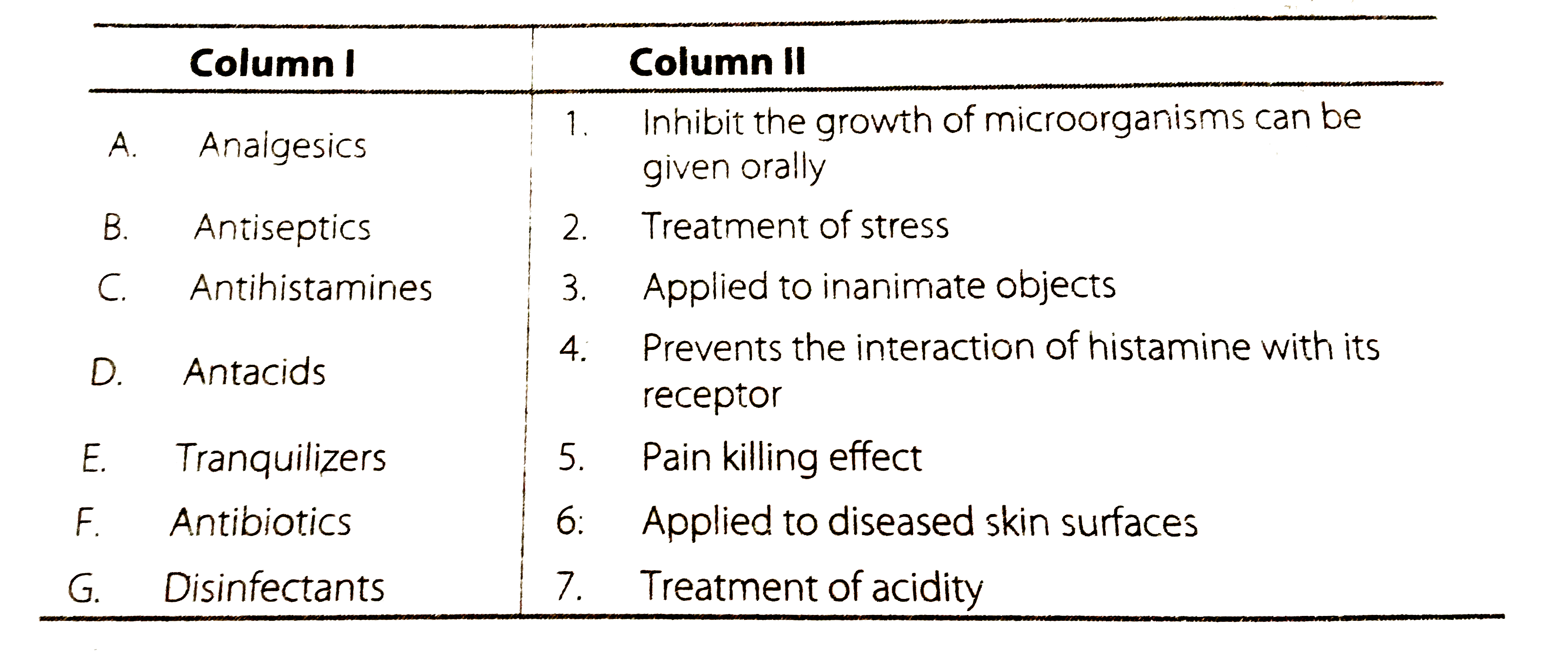Match the intermediates given in Column I with their probable structure in Column II

The correct Answer is:A→(1),B→(1)C→(2)
Topper's Solved these Questions
- BOOK - NCERT EXEMPLAR ENGLISHCHAPTER - ORGANIC CHEMISTRY : SOME BASIC PRINCIPLES AND TECHNIQUESEXERCISE - Assertion and Reason6videos
ORGANIC CHEMISTRY : SOME BASIC PRINCIPLES AND TECHNIQUES
- BOOK - NCERT EXEMPLAR ENGLISHCHAPTER - ORGANIC CHEMISTRY : SOME BASIC PRINCIPLES AND TECHNIQUESEXERCISE - Long Answer type question6videos
ORGANIC CHEMISTRY : SOME BASIC PRINCIPLES AND TECHNIQUES
- BOOK - NCERT EXEMPLAR ENGLISHCHAPTER - ORGANIC CHEMISTRY : SOME BASIC PRINCIPLES AND TECHNIQUESEXERCISE - Short Answer type question27videos
ORGANIC CHEMISTRY : SOME BASIC PRINCIPLES AND TECHNIQUES
- BOOK - NCERT EXEMPLAR ENGLISHCHAPTER - HYDROGENEXERCISE - LONG ANSWER TYPE QUESTIONS8videos
HYDROGEN
- BOOK - NCERT EXEMPLAR ENGLISHCHAPTER - REDOX REACTIONSEXERCISE - LONG ANSWER TYPE QUESTIONS6videos
REDOX REACTIONS
Similar Questions
Match the statements given in Column I with the oxidation states given in Column II.
 View Solution
View SolutionMatch the reactions given in Column I with the suitable reagents given in Column II.
 View Solution
View SolutionMatch the reactions given in Column I with the type of reactions given in Column II
 View Solution
View SolutionMatch the structures given in Column I with the names in Column II
 View Solution
View SolutionMatch the plant structures in columns I and II
 View Solution
View SolutionMatch the reactions given in Column I with the names given in Column II.
 View Solution
View SolutionMatch the polymers given in column I with their repeating units given in column II
 View Solution
View SolutionMatch the polymers given in column I with their commerical names given in column II
 View Solution
View SolutionMatch the classes of drugs given in Column I with their action given in Column II.
 View Solution
View SolutionMatch the salts given in Column I with their . method of preparation given in Column II :
 View Solution
View Solution


